Affiliate links on Android Authority may earn us a commission. Learn more.
Ray tracing and 64-bit only: What you should know about Arm's 2023 CPUs and GPUs
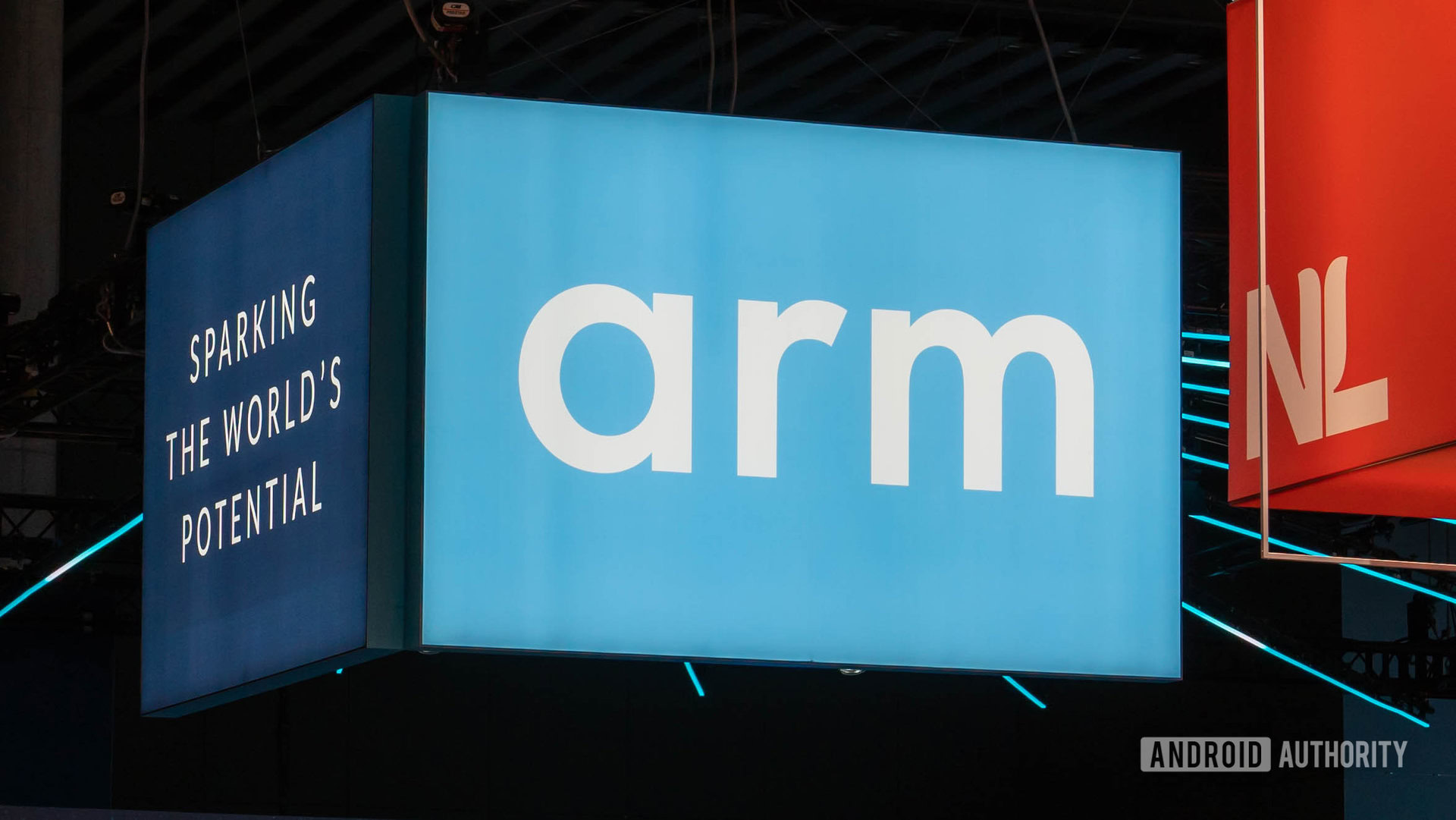
In June 2022, industry colossus Arm revealed its new line of CPUs and GPUs that will power the following year’s smartphones. The previous year saw Arm reveal CPUs based on the Armv9 architecture for the first time, along with its rebranded Mali GPU lineup. So what does the company have in store this time? And what does this mean for 2023’s smartphones? Well, there’s plenty to look at, so join us as we break things down.
Arm’s second-generation Armv9 CPUs
Arm announced a new generation of Armv9 CPUs, namely the Cortex-X3 and the Cortex-A715. The company also announced a “refreshed” Cortex-A510, but more on that in a bit.
Starting with the most capable CPU core, the Cortex-X3 picks up where the Cortex-X2 left off. It’s a performance-focused core, with Arm claiming a 22% next-gen performance boost compared to the latest flagship Android phones running the Cortex-X2. Arm says to expect a 34% performance boost compared to the latest “mainstream” laptop, albeit running an Intel Core i7 1260p (at 28 watts) rather than a Cortex-X1 or X2. However, the chip designer also notes an 11% IPC boost compared to a Cortex-X2 using the same process.
Interestingly, Arm didn’t dish out specific claims for efficiency gains. However, it shared a graph that shows the Cortex-X3 consuming less power in most cases than the Cortex-X2, although a maxed-out Cortex-X3 still consumed more power (albeit with understandably higher performance too). Check out the graph below.
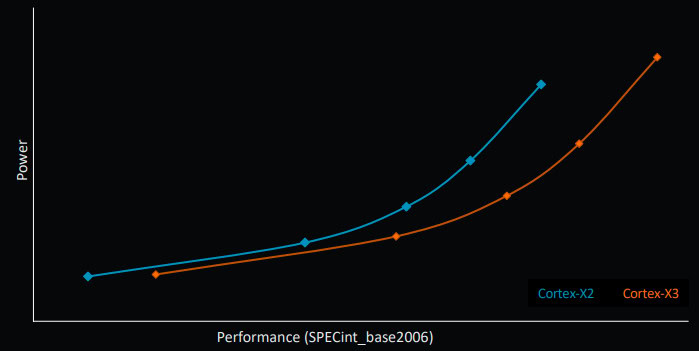
The second new CPU core announced was the Cortex-A715, picking up where the Cortex-A710 left off. This will play the role as the medium core in triple power domain CPU setups, where a healthy balance of power and efficiency is needed. Importantly, the Cortex-A715 is now 64-bit only, while the previous A710 model retained 32-bit support.
Arm says the Cortex-A715 enjoys a 5% performance boost over the Cortex-A710 at the same power level and using the same manufacturing process. This is a far more modest gain than the Cortex-A710’s touted 10% boost over the Cortex-A78 on the same manufacturing process. Thankfully, the chip designer is also claiming a more impressive 20% efficiency gain, which will translate into a big win for battery life.
Deep-dive: Arm Cortex-X3 and Cortex-A715 — Next-gen CPUs redefined
Despite the seemingly modest performance boost at first glance, Arm asserts that the Cortex-A715 can achieve the same performance level as the Cortex-X1 — introduced as the heavyweight core in 2020 and currently powering the Google Tensor SoC.
Finally, Arm also announced a “refreshed” Cortex-A510 little CPU core. This is mostly identical to last year’s Cortex-A510 save for a 5% efficiency gain on the same process and optional 32-bit support. This represents a change from the previous generation though, when the little core was 64-bit only.
Immortalis: Arm’s first GPU with ray-tracing
Arm also had a few GPU-related announcements to share, starting with a new flagship GPU dubbed the Immortalis-G715. The addition of the Immortalis name might be warranted though, as it’s Arm’s first graphics core to offer hardware-enabled ray-tracing capabilities.
For the uninitiated, ray tracing is a graphics rendering technique used to better simulate the way light illuminates a scene. The PS5 and Xbox Series consoles as well as PC GPUs like the NVIDIA RTX lineup use hardware-enabled ray tracing to deliver better-looking shadows, reflections, and lighting in video games.
See also: Smartphone ray tracing is here, but is it the real deal?
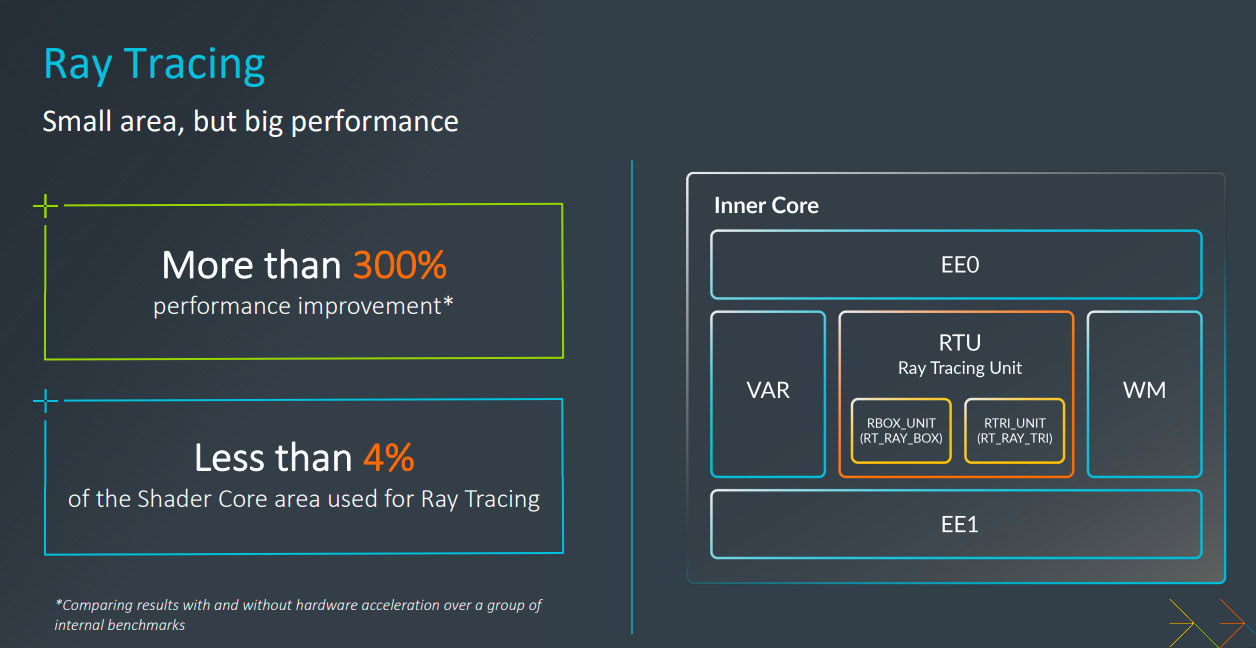
Arm says the ray-tracing block on the Immortalis GPU only requires about 4% of the shader core area but delivers a claimed 300% improvement over much slower software-based ray tracing. It certainly sounds like this feature doesn’t come at a significant area cost at all.
Otherwise, the new flagship GPU is a fourth-generation Valhall-based part and brings a 15% performance boost and 15% efficiency gain over the previous generation Mali-G710. Arm is also claiming a more impressive two-fold machine learning improvement over last year’s GPU, pointing to improvements for tasks like computational photography and image enhancement.
Deep dive: Everything you need to know about Arm’s next-gen Immortalis GPU
The Immortalis-G715 is available with 10 to 16 shader cores, compared to the Mali-G710 which is available with seven to 16 shader cores. Otherwise, the GPU gains variable-rate shading for the first time as well, following in the footsteps of rival Qualcomm.
Arm is also offering the Mali-G715 GPU (i.e. without the Immortalis branding) for upper mid-range use. This is essentially the Immortalis GPU without ray-tracing and with seven to nine shader cores. We’ve seen a similar trend from the company before, as its more recent mid-range GPUs were basically identical to their flagship counterparts save for having fewer shader cores.
| Arm 4th-Gen Valhall GPUs | Immortalis-G715 | Mali-G715 | Mali-G615 |
|---|---|---|---|
| Arm 4th-Gen Valhall GPUs Hardware Ray Tracing? | Immortalis-G715 Yes | Mali-G715 No | Mali-G615 No |
| Arm 4th-Gen Valhall GPUs Variable Rate Shading? | Immortalis-G715 Yes | Mali-G715 Yes | Mali-G615 Yes |
| Arm 4th-Gen Valhall GPUs Execution Engine Evolution | Immortalis-G715 Yes | Mali-G715 Yes | Mali-G615 Yes |
| Arm 4th-Gen Valhall GPUs Shader core count | Immortalis-G715 10-16 cores | Mali-G715 7-9 cores | Mali-G615 1-6 cores |
| Arm 4th-Gen Valhall GPUs L2 cache slices (up to 1,024kb) | Immortalis-G715 2 or 4 | Mali-G715 2 or 4 | Mali-G615 1, 2, or 4 |
The company isn’t stopping there either, as it announced the Mali-G615 GPU as well. This continues the downward trend with one to six shader cores, but still offers variable-rate shading and other associated performance/efficiency benefits.
What does this mean for 2023’s flagship phones?
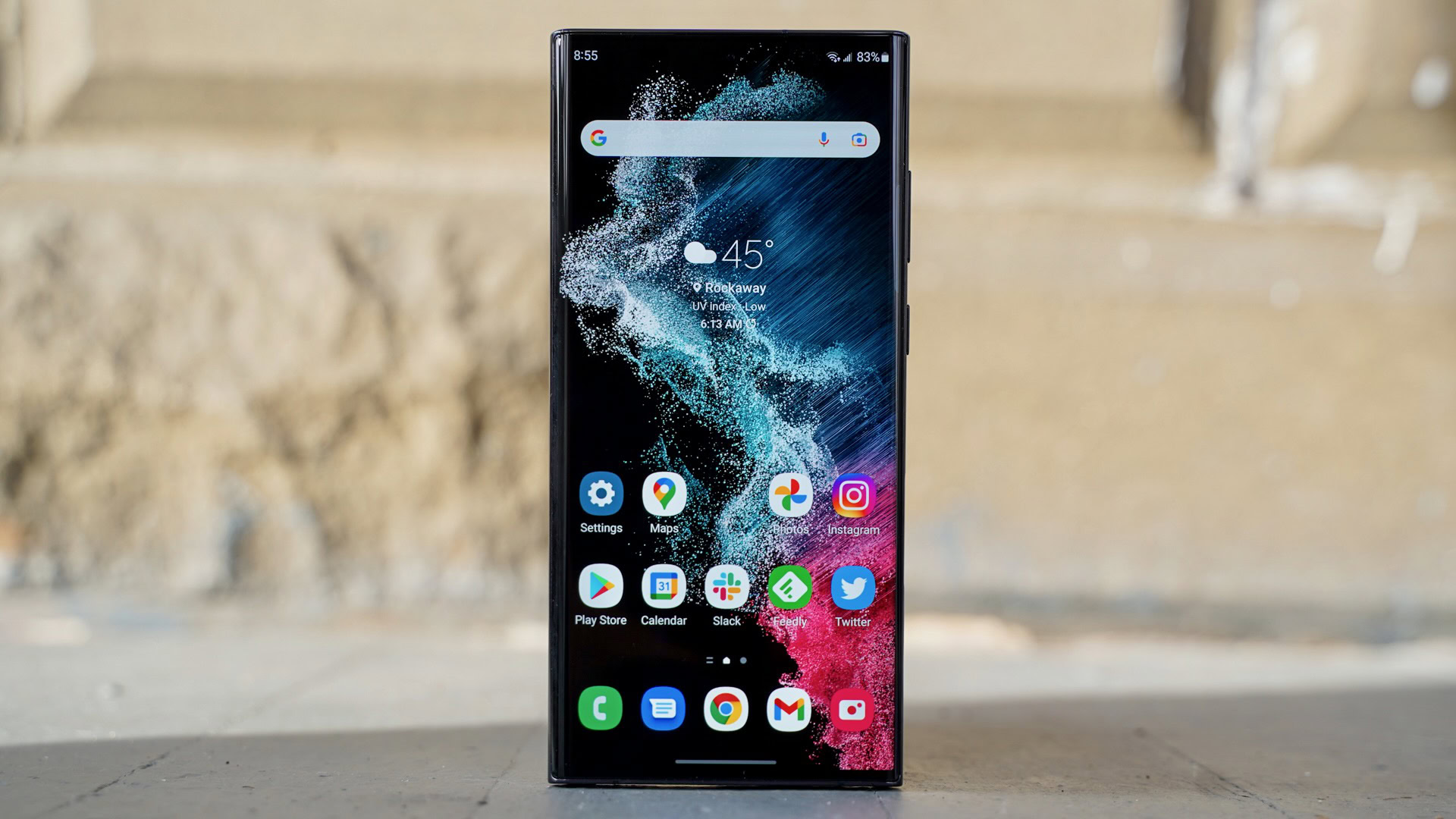
These new CPU cores power Qualcomm, Samsung, and MediaTek’s flagship processors in 2023, namely the Snapdragon 8 Gen 2, Exynos 2300, and Dimensity 9200 respectively.
However, we wouldn’t bet on the Cortex-X3 arriving in mid-range processors, as these chipsets have traditionally only used medium and little cores. In fact, Qualcomm is the only one to announce a mid-range chipset with current-generation A710 and A510 CPU cores (the Snapdragon 7 Gen 1). We therefore wouldn’t bet on the Cortex-A715 appearing in mid-range processors anytime soon, as chipmakers opt for older designs instead.
Nevertheless, Arm’s claim that the Cortex-A715 has Cortex-X1 performance levels bodes well for chipmakers who end up using it for mid-range processors. These SoCs could potentially offer a major CPU performance boost without a corresponding climb in power consumption as we’ve seen with recent flagship processors.
Arm's 2022 cores will go on to power the Snapdragon 8 Gen 2 and Dimensity 9200 flagship smartphone SoCs.
As for the Immortalis-G715 GPU? Qualcomm and Samsung already offer their own exclusive GPUs in their Adreno and AMD Xclipse parts respectively. MediaTek is still reliant on Arm GPUs for its high-end chipsets though, so it’s not surprising to see the company’s 2023 flagship SoC sporting the Immortalis GPU.
Samsung and MediaTek both employ Arm GPUs in their mid-range processors though, so we’ll have to wait and see if the two companies adopt the Mali-G715 or Mali-G615 in their cheaper SoCs next year.
More chipset coverage: Here’s why Snapdragon versus Exynos is a big deal
Should we expect 64-bit only phones next year?
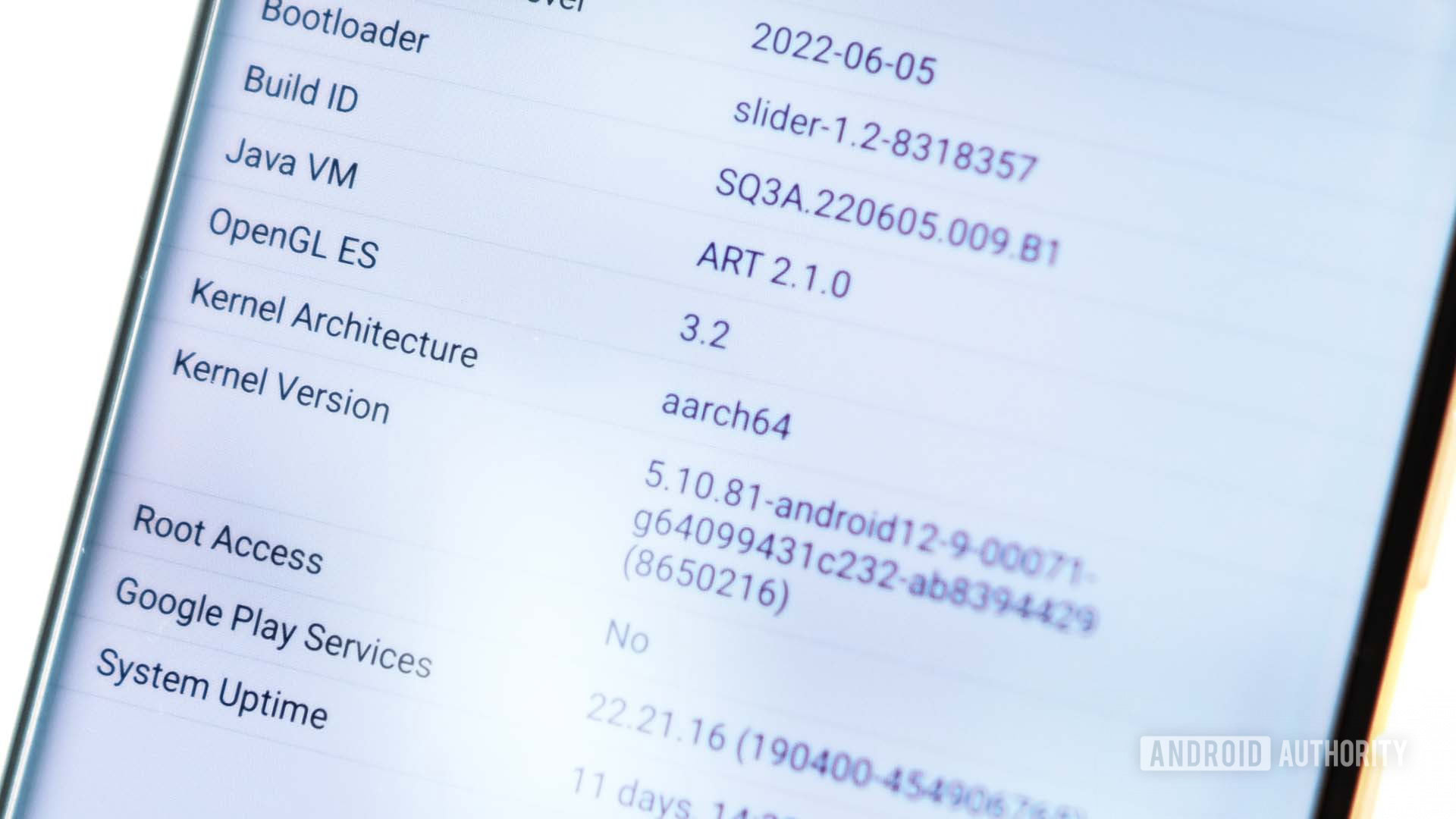
Way back in October 2020, Arm announced that Arm CPUs would become 64-bit only from 2022. Well, we’re in 2022 and that is indeed technically true. The Cortex-X3 and Cortex-A715 are both 64-bit only designs, while the Cortex-A510 is technically a 64-bit only part with optional 32-bit support for IoT and legacy use cases.
The pieces are coming together to enable a 64-bit-only future, with the Google Play Store requiring all submitted apps to have 64-bit support, while a Xiaomi/Oppo/vivo app store alliance in China announced that submitted apps need to have 64-bit support.
We're closer than ever to 64-bit only Android phones being a reality, but this might cause issues for a few legacy apps.
There are a few obstacles in the way of a 64-bit-only Android experience though. For one, there could still be a few 32-bit apps not available on the Play Store that haven’t made the transition to 64-bit just yet.
A decision to offer 64-bit-only phones in 2023 would mean that these outlier apps therefore wouldn’t run. This likely wouldn’t affect the vast majority of users, but those reliant on ancient apps from third-party app repositories might face issues.
Nevertheless, it certainly seems like a given that we’ll see Android switch to 64-bit-only in the next few years, especially after iOS did the same back in 2017. Then again, Google doesn’t exert the same level of control over Android globally as Apple does over iOS.
Ray-tracing to finally be a real-world thing?
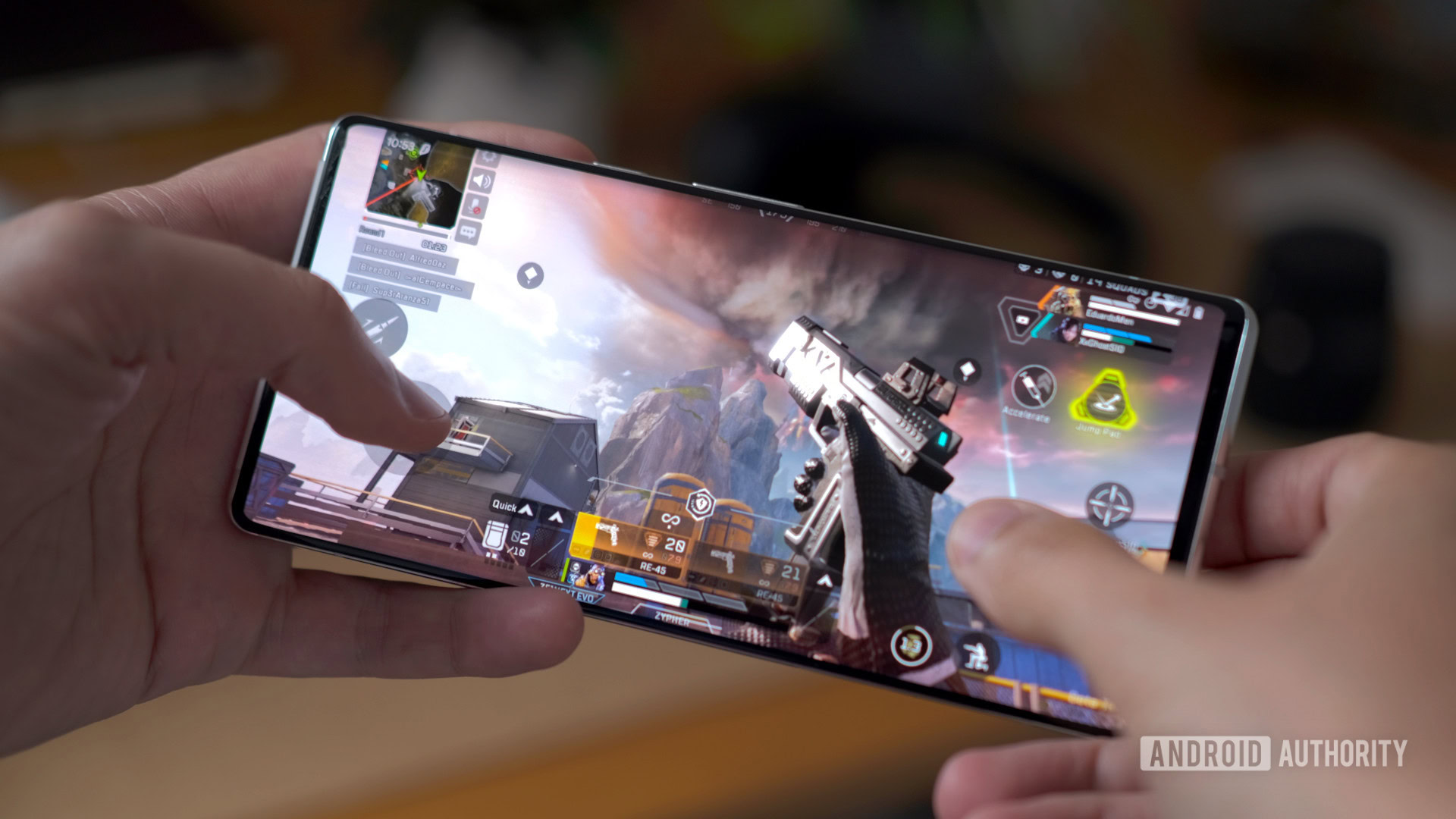
It’s been the domain of desktop computers and the latest gaming consoles for a few years now, but hardware-accelerated ray tracing is slowly becoming a reality on mobile. Samsung’s Exynos 2200 released in 2022 was the first to support this graphical feature, making the Immortalis-G715 the second GPU to offer this capability and Arm’s first mobile GPU with this tech.
Hardware-based ray tracing should enable better lighting, shadows, and reflections in supported titles. However, the real question is whether we’ll actually see any mobile games with this feature. We haven’t seen any supported games that can leverage the Galaxy S22 series yet, despite the Exynos 2200 variant offering hardware-based ray tracing.
Samsung and MediaTek will likely both offer hardware-enabled ray tracing next year, but Qualcomm needs to offer this feature for wider adoption.
Even though MediaTek and Samsung support ray tracing, their share of the $500+ market is relatively small. Qualcomm reportedly accounts for the majority of this segment globally. So the latter needs to offer hardware-based ray-tracing if we truly want to see meaningful adoption among devices and games in the Android space. In fact, it might take Apple supporting hardware-accelerated ray tracing for the tech to see wider adoption on mobile in general.
It must also be said that ray tracing generally incurs a performance penalty on consoles, forcing developers to scale back other areas like resolution, frame rate, anti-aliasing, and more. You should therefore expect these same compromises on mobile games if ray-tracing hardware becomes popular on phones. There’s also an argument to be made that sustained performance is a bigger priority on mobile, as the Snapdragon 8 Gen 1 and Exynos 2200 both see huge drops in GPU performance during extreme stress testing.
2023 might not be as massive for Arm as 2022’s change in CPU architecture was, but the company’s vision of a 64-bit-only Android future is starting to take shape. However, 2023 is certainly looking like a big year for Arm when it comes to its GPU efforts, owing to key improvements like variable-rate shading, efficiency gains, and ray-tracing. The choice of chipset for mobile gamers will undoubtedly be a more difficult one.